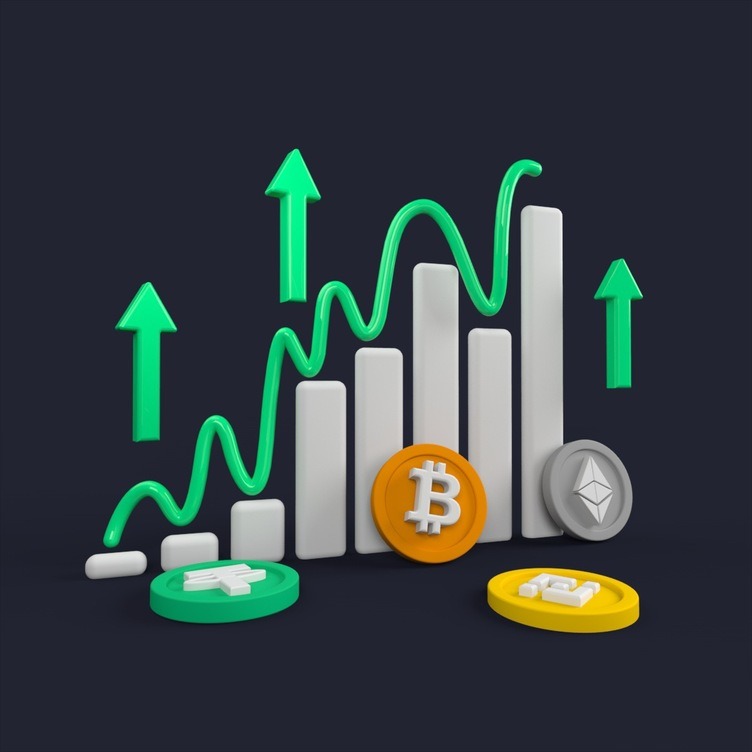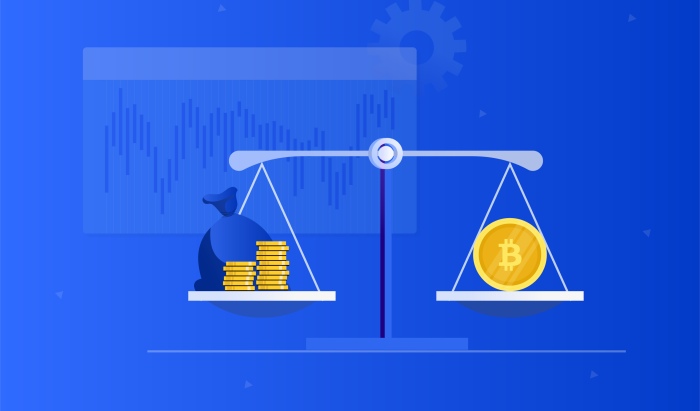An investor can conduct transactions on the stock exchange not only with his own assets.
Quite often, brokers and forex dealers are ready to lend their clients securities and money for trading on the stock exchange at a certain percentage. A person will not receive them on the account and, accordingly, will not be able to withdraw from it, but he will have the opportunity to use them in transactions.
The investor’s own assets serve as collateral – they guarantee that he will be able to pay off his intermediary. Such a deposit is called margin, and the number that shows how many times the transaction amount will increase is called leverage. Therefore, operations in which the client uses the assets of a broker or forex dealer are often called margin trading, or trading with leverage. And the margin transactions themselves are unsecured transactions.
 If the deal makes a profit, thanks to the leverage, it will increase significantly. But in case of failure, losses will also increase in the same proportion.
If the deal makes a profit, thanks to the leverage, it will increase significantly. But in case of failure, losses will also increase in the same proportion.
Alexei bought shares in Superbank for 100,000 rubles. During the day, these securities rose in price by 2%. Alexey sold them and earned 2,000 rubles. If he borrowed 400,000 rubles from a broker and also bought Superbank papers with them, his total income would be 10,000. But if the shares fell by the same 2%, he would lose not 2,000, but 10,000 rubles.
Margin trading gives players a chance to earn not only on the growth, but also on the fall of the asset price. Suppose an investor assumes that the value of some of his securities will decline. He sells them, and then buys them back, but cheaper – and makes a profit from the difference.
Operations in a rising market are called “long” trading, and in a falling market – “short”.
Margin trading “short” allows you to earn by selling even those assets that are not in your portfolio: you borrow them from a broker and sell them. If these papers get cheaper, you later buy them at a lower price and return them to the broker, and keep the difference between the sale and purchase price. But if the price rises, then instead of profit you will receive losses: you still have to return the securities to the broker, but you will need to pay more for them.
Aleksey is confident that TaxebeBank’s shares will become much cheaper in the near future. He does not have these securities, and he borrows 1,000 shares of 350 rubles each from a broker, sells them and receives 350,000 rubles. Three days later, the paper really falls in price to 300 rubles per share. Alexei buys a thousand shares of TaxebeBank to return them to the broker, but for 300,000 rubles. As a result, 50,000 rubles remains for Alexei. True, he will have to pay the broker a commission for transactions and a percentage for using borrowed assets – in the amount of about 700 rubles.
But if, contrary to Alexei’s expectations, the shares had risen in price to 380 rubles, he would have had to pay 380,000 rubles for them and at the same time lose 30,000 rubles on the transaction and 700 rubles on commissions and interest.
Please note that margin trading is not possible for all instruments. The list of assets that can be bought or sold with leverage is posted by brokers on their website or in the terminal.

Margin trading “short” always involves a reverse transaction. If you sell securities that you borrowed from a broker – in other words, open a position – then after a while you must buy them back and give them back – or close the position.
When you trade “long” and buy a certain amount of leveraged securities, you are not obliged to sell them later. You can simply fund your account to get your money back to the broker.